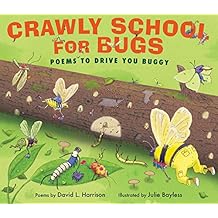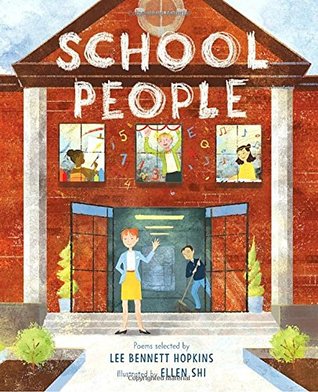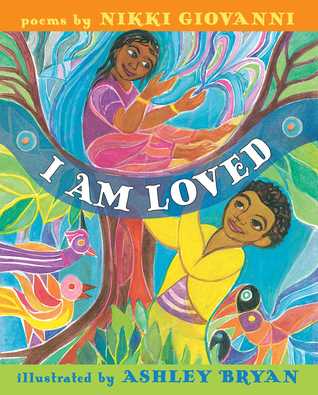All journeys have a starting place.
This is a weekly place to find books and tools
that you may use with readers at the start of their reading journey.
Join in the conversation at #road2reading.
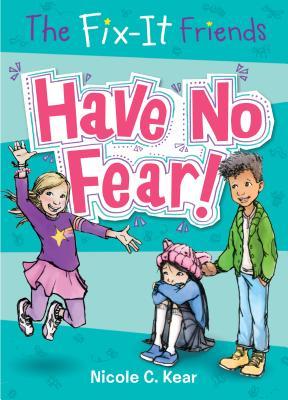


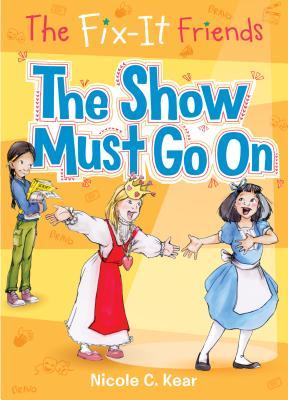


Fix-It Friends series
written by Nicole C. Kear
illustrations by Tracy Dockray
published by Imprint, a part of Macmillan Publishing
Last year I had the pleasure of reading the first book in the Fix-It Friends series. I was so excited as I read this book. Here was a realistic fiction, transitional chapter book. It's perfect for 1st-3rd grade readers. My 4th grade readers who aren't ready for longer chapter books also devour it. In these books, readers can see themselves. There are situations that are just like the ones they see or know others who are going through the same thing. Do any of these situations sound familiar to you?
- making new friends, finding friends in surprising places and people
- figuring out how to get things done when staying on task is really hard
- dealing with words - when they hurt and when to use them for kindness
- facing your fears
I bet you are nodding your head! These are the issues our young readers face everyday and where else to get ideas but inside the pages of a book. Author Nicole Kear crafts these stories so perfectly - I've seen these books treasured by young readers because they know these characters! They are friends with them! These books are perfect Social Emotional Learning (SEL) companions because not only are the stories comfortable for young readers, there is also a section in the back that Nicole includes that gives more background and research on the issue that particular book in the series is tackling. It's a great resource for educators and parents to take a look through.
Nicole has stopped by today to answer some questions about her books.
I love that these books have real life problems that are universal to young kids today. How are you researching problems and solutions? Does it ever involve young readers input?
Absolutely! My process starts with kids and ends with kids, too. I decided which problems to address in the books by reaching out to my own kids (now aged 5, 11 and 13) and many other elementary school kids and teachers and asking what they thought were the most common and pressing issues kids today deal with. Once I'd decided which issues to address, I reached out to leading experts in the field -- child psychologists at places like the NYU Child Study Center, and authors of books on the subject at hand -- and I interviewed them about the issues and specific coping strategies. Then I circled back to kids and interviewed them about what it felt like to grapple with the problem and, most importantly, what they'd found was helpful in dealing with it. This was my favorite part -- I'm continually wowed by how smart kids are, and how resourceful. When it comes to solving kids' problems, kids are definitely experts.
What made you stay with younger readers vs more middle grade?
Absolutely! My process starts with kids and ends with kids, too. I decided which problems to address in the books by reaching out to my own kids (now aged 5, 11 and 13) and many other elementary school kids and teachers and asking what they thought were the most common and pressing issues kids today deal with. Once I'd decided which issues to address, I reached out to leading experts in the field -- child psychologists at places like the NYU Child Study Center, and authors of books on the subject at hand -- and I interviewed them about the issues and specific coping strategies. Then I circled back to kids and interviewed them about what it felt like to grapple with the problem and, most importantly, what they'd found was helpful in dealing with it. This was my favorite part -- I'm continually wowed by how smart kids are, and how resourceful. When it comes to solving kids' problems, kids are definitely experts.
What made you stay with younger readers vs more middle grade?
I really felt like there was a need for this series, specifically for younger readers. There are many wonderful books for middle grade readers that address the problems addressed in The Fix-It Friends -- dyslexia, ADHD, grief, anxiety -- but there are very few that tackle these issues for younger kids. And we know, without a doubt, that kids start to experience these challenges at a young age, in many cases as early as Kindergarten. So, second and third grade classrooms are full of kids who've been grappling with some of tehse issues for a long time, and ready for some coping strategies. I wanted kids who are grappling with these issues to know they're not alone -- that so many other kids are in the same boat. I also wanted to cultivate empathy in all kids, so they can better relate to their friends, classmates and siblings. And, really, fundamentally, I wanted to write a series that would hook young readers, get them excited to read, and keep them turning pages.
When you’re writing, how are you supporting your young readers through the story?
For starters, I think writing a series supports young readers because there's so much they already know when they crack open book 2 or 3 or 4. They know the characters, the genre, the voice, the setting, and they have a general sense of how the story will go. Something I thought about, and had a ton of fun with, was keeping up running jokes, and fun character quirks from book to book. So, for example, in every book, Ezra and Jude make a new nacho concoction and in every book the mom recites a famous quote. Something funny always happens with Pearl's stuffed rat Ricardo. It's fun to find ways to sneak that stuff into every story, and I think young readers look forward to those recurring bits. I also thought a lot about vocabulary as I was writing -- I wanted it to be easy for kids to read, and written in a kid voice, but occasionally, I threw in some "fancy" words, because I love vocabulary, and I want to give kids the gift of beautiful words too - ones they might not stumble upon, like "glower" or "aghast." Veronica always explains the word or uses it in a helpful context so that kids will immediately understand it, because a fancy word is of no use to a kid if they don't know what it means!
What is one thing about your writing style that would surprise us?
I get a lot of inspiration from real life -- from my own kids, and their friends and classmates, and from kids I observe on the streets of New York City. It's part of why I love living in the city; I'm always surrounded by interesting exchanges, and hilarious happenings. Also, being a mom to three kids, I'm pretty flexible about my working environments. Usually, I'm writing at a desk or table, listening to classical music but I've worked in lots of strange locations - waiting areas at gymnastics studios, and music schools, at the orthodontist's office, in high school cafeterias. I just stick in headphones and I'm all set.
With a series like this, I bet you’ve already started hearing some great stories about how the books helped someone. Can you share one?
I received a message a few weeks ago from a mom whose child was being teased. It was something that had been going on for a long time, and it was really weighing the little girl down. The mom wrote to me to tell me her daughter had really related to book 2, Sticks and Stones, about a second grade boy who's teased because of his height. It had raised her daughter's spirits to read about a similar experience, and to know she wasn't the only one struggling with the problem. I haven't gotten an update but it sounded like the little girl was becoming empowered to advocate for herself, and the mom, too, was galvanized to advocate for her daughter. It's the kind of message that fills my heart and makes me think: "I love this job."
I received a message a few weeks ago from a mom whose child was being teased. It was something that had been going on for a long time, and it was really weighing the little girl down. The mom wrote to me to tell me her daughter had really related to book 2, Sticks and Stones, about a second grade boy who's teased because of his height. It had raised her daughter's spirits to read about a similar experience, and to know she wasn't the only one struggling with the problem. I haven't gotten an update but it sounded like the little girl was becoming empowered to advocate for herself, and the mom, too, was galvanized to advocate for her daughter. It's the kind of message that fills my heart and makes me think: "I love this job."
Thank you, Nicole, for taking the time and answering these questions!
Would you like to share these books with young readers? Thanks to Imprint, we have a set of all 6 Fix-It Friends to giveaway! The giveaway will be open through Wednesday, March 28th for US residents. Just fill out this form!
Thank you to Nicole Kear and Morgan Rath for setting this up!
Do you work with readers who are starting their journey on the road to reading? Join Alyson Beecher from Kid Lit Frenzy and me every Thursday as we explore books and ideas to help readers have a successful start to independent picture book and chapter book reading. If you blog or have a Goodreads page, please link up with us!




















